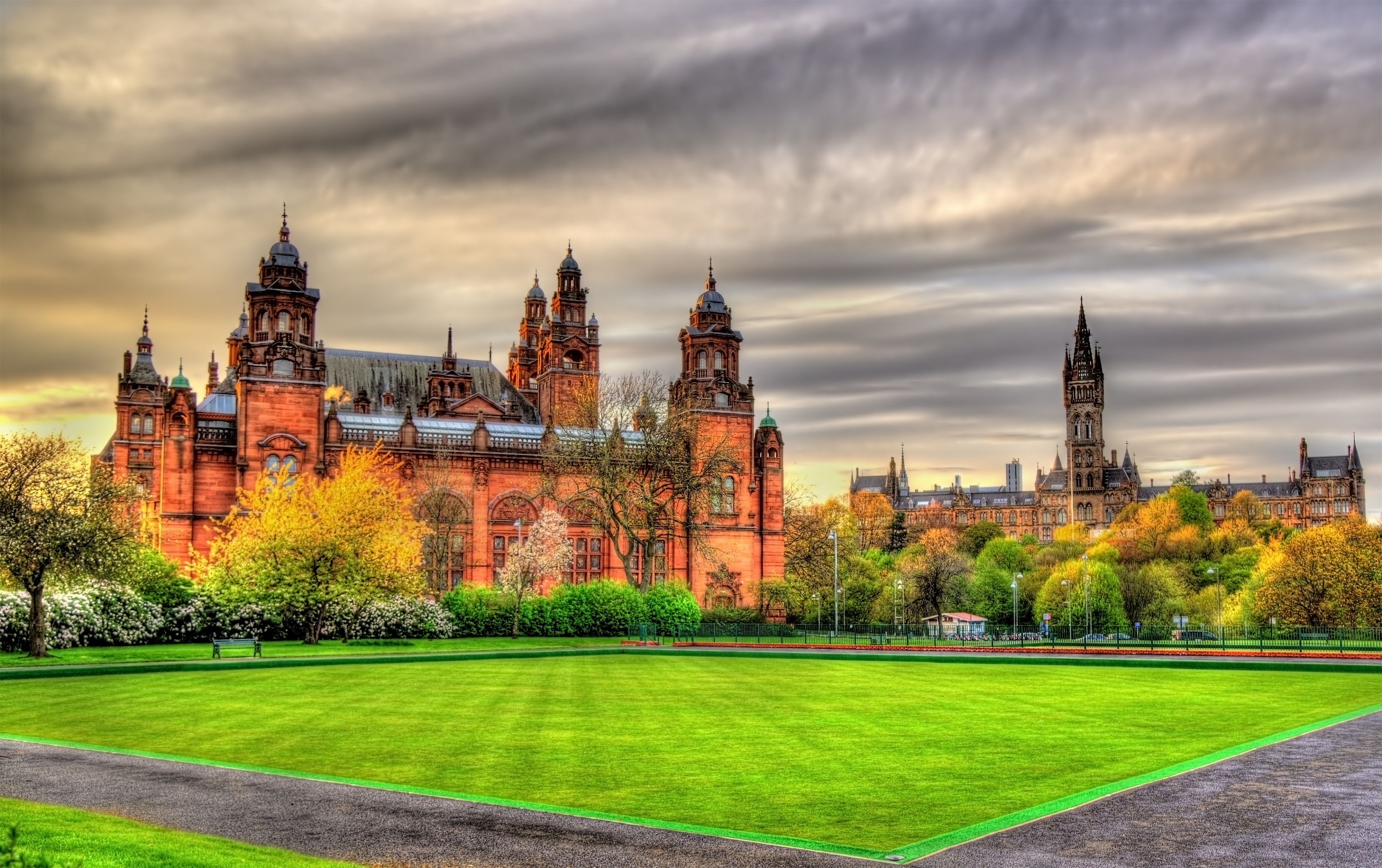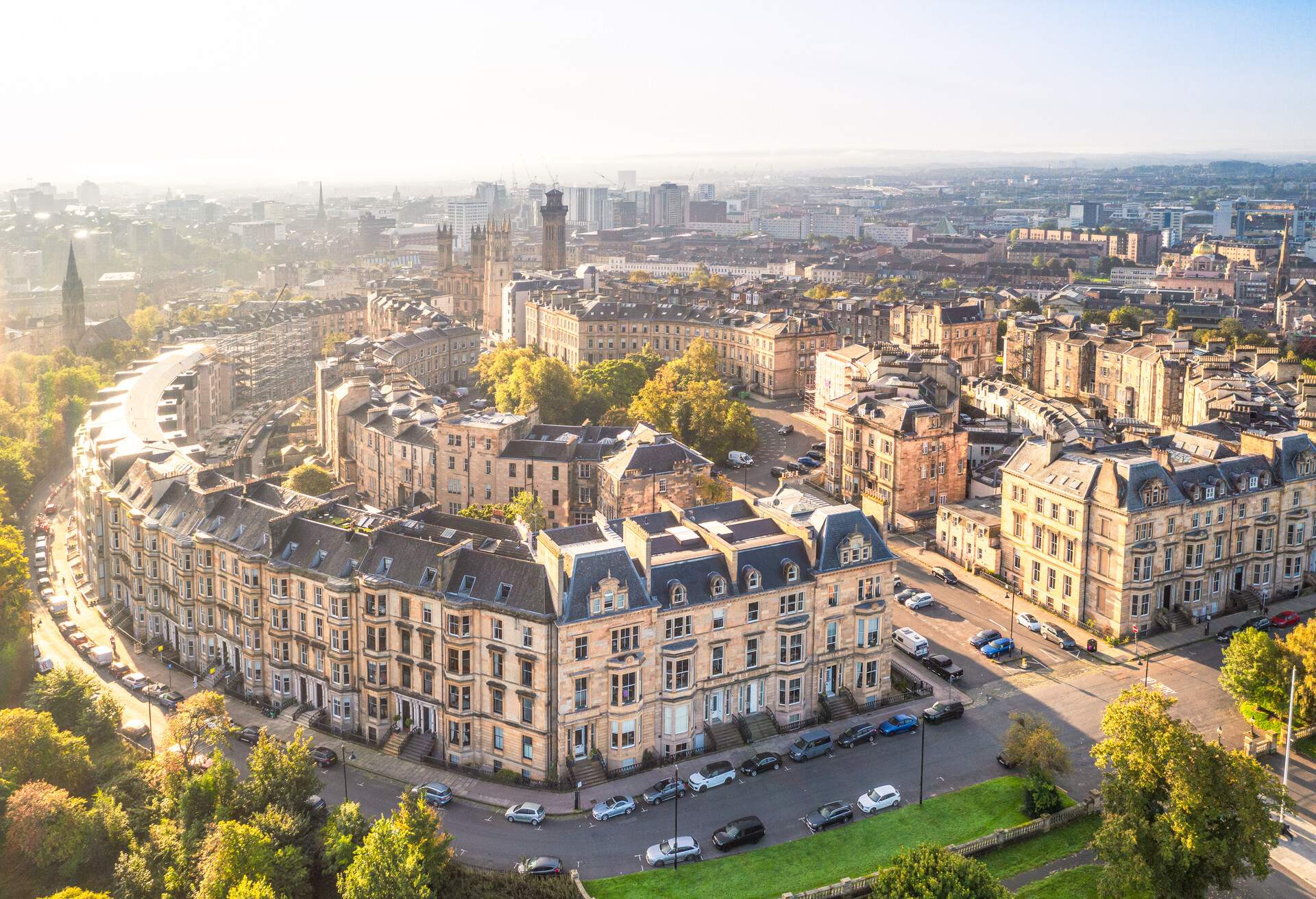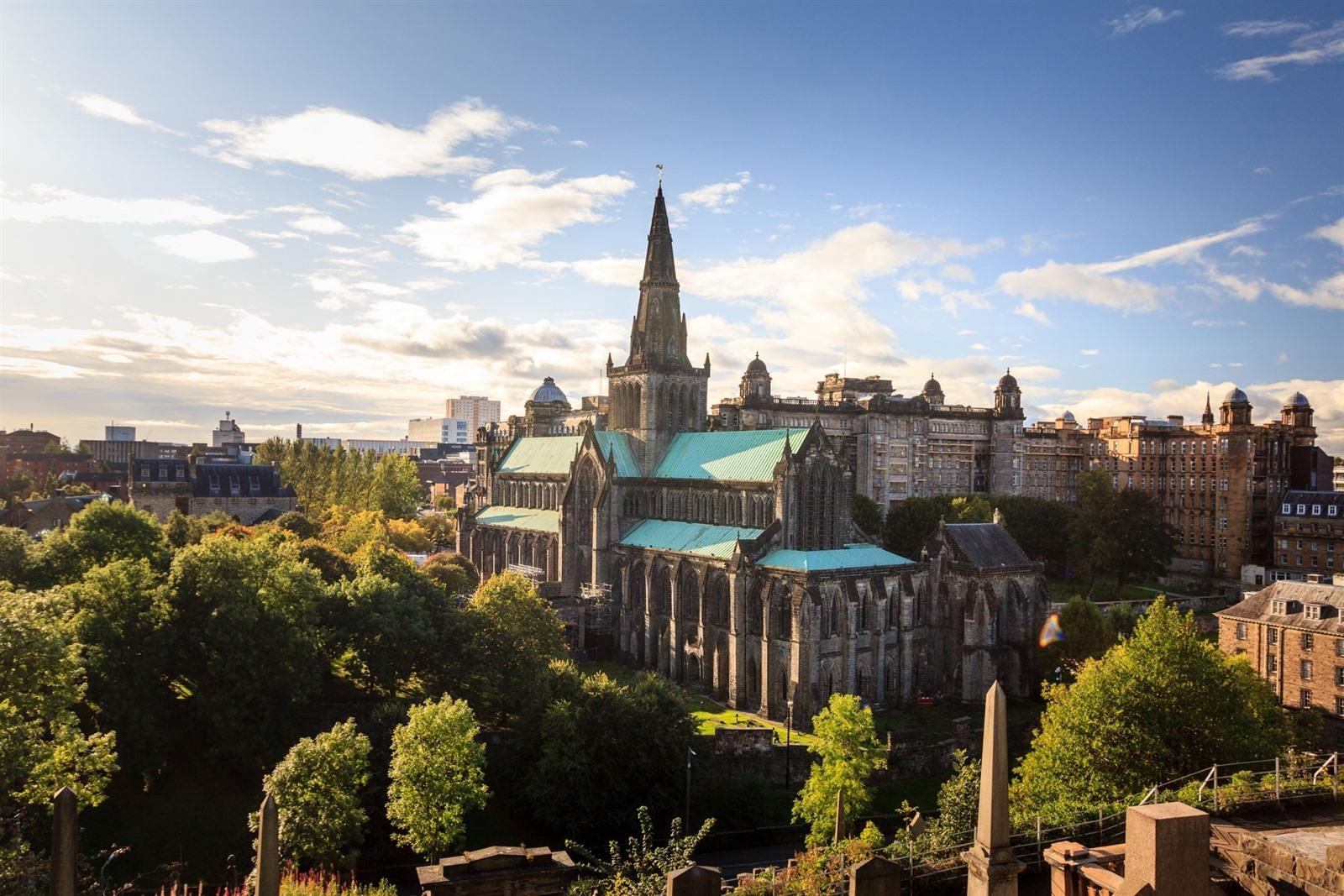Table of Contents
- Tommy Flanagan's Story - A Glasgow Smile Connection
- What is a Glasgow Smile, Really?
- Where Did the Glasgow Smile Come From?
- Is the Glasgow Smile a Form of Torture?
- The Glasgow Smile and Its Place in Popular Culture
- How Did the Glasgow Smile Spread?
What exactly is a "glasgow smile"? It's a rather unsettling mark, a facial scar that stretches the corners of someone's mouth up towards their ears, leaving behind a permanent, grin-like appearance. This particular kind of wound, sometimes known as a "chelsea grin" or a "smiley," has quite a background, reaching back to certain parts of Scotland. It's a physical sign, you know, that has roots in dark stories and even some brutal acts.
This mark, which some call a "forced smile" or a "cheshire grin," is created by making a cut from the corners of a person's mouth, extending upwards towards their ears. The result is a lasting scar that takes on the shape of a wide, unnatural smile. People often wonder about its beginnings, how it came to be, and why it holds such a place in various tales and even some real-life events. We are going to look closer at what this scar means and where its story comes from.
The "glasgow smile" has a reputation that goes beyond just a physical mark. It's connected to moments of violence and a certain kind of fear. This kind of facial cutting, typically done with something sharp like a razor, a piece of glass, or a knife, leaves a very distinctive and quite gruesome mark. It's a concept that has made its way into many different stories and discussions, and, in a way, it makes people curious about its past.
- Ye Nigga Heil Hitler
- Scrap Mechanic
- Ruoff Home Mortgage Music Center Noblesville
- Pirate Software Drama
- Mark Penn
Tommy Flanagan's Story - A Glasgow Smile Connection
When you think about the "glasgow smile," one person who often comes to mind is Tommy Flanagan, an actor recognized for his parts in movies like "Braveheart" and the television series "Sons of Anarchy." He carries a scar on his face that many people refer to as the "glasgow grin" or the "glaswegian smile." It's a part of his look, you see, that has become quite well-known.
Tommy got this mark from a really tough experience, a violent event that happened to him in a pub back in his home area of Easterhouse, Glasgow. It was a traumatic incident, to be honest, but he managed to get through it. This scar, which some call the "glasgow smile," has become a sort of signature for him, making his face very recognizable.
Despite this difficult and upsetting event, Tommy Flanagan decided to pursue a path in the entertainment world, which, as a matter of fact, is often thought to be very much about how people look. It's pretty remarkable, you know, that he went after a career in Hollywood. One of his early appearances on screen was in the 1995 film "Braveheart." He had his scars back then, and it's quite clear that his character probably wouldn't have had the same sort of impact without them.
His story, in a way, shows how someone can go on to do great things even after facing something truly terrible. The scar is a part of him, yes, but it didn't stop him from following his dreams and becoming a successful actor. It's a testament to his strength, you could say.
Personal Details and Bio Data
| Name | Tommy Flanagan |
| Known For | Acting roles in "Braveheart," "Sons of Anarchy" |
| Distinguishing Feature | Facial scars, often called the "glasgow grin" |
| Origin of Scar | Violent attack in a pub in Easterhouse, Glasgow |
| Career Path | Pursued acting in the entertainment industry |
What is a Glasgow Smile, Really?
A "glasgow smile" is, in plain terms, a name given to a specific kind of facial injury. It's a wound created by making a cut that starts at the corners of a person's mouth and goes all the way up to their ears. This action leaves a scar that, as a matter of fact, looks like an extended grin. It's a pretty severe type of facial cutting, and it's something that has a rather dark and disturbing meaning behind it.
This particular act of violence, sometimes called "facial mutilation," results in a permanent mark that changes the way someone's face appears. The cuts are often made with something very sharp, like a razor, a piece of broken glass, or a knife. The resulting scar is shaped like a smile, but it's a smile that carries a lot of fear and a troubling past. It's not, you know, a happy kind of smile at all.
The very concept of the "glasgow smile" is rooted in both a dark history and, you might say, its presence in modern stories. This unsettling term refers to a brutal act where a person's face is cut in such a way that it gives them a gruesome, permanent "smile." It's a practice that has a notorious background, one that often brings up feelings of fear and a certain kind of curiosity about its origins and use.
The Many Names of the Glasgow Smile
This particular kind of facial scar has quite a few different names, you see. While "glasgow smile" is the most common, it's also known as a "chelsea grin" or "chelsea smile" in some places. People also refer to it as a "glasgow," a "smiley," a "huyton," or even a "buck 50." Sometimes, it's called a "forced smile" or a "cheshire grin," which, in a way, really highlights the unsettling nature of the mark.
Then there's the "anna grin," or just simply "smiley," which are other ways people describe this kind of injury. The fact that it has so many different names, you know, just shows how widely recognized this practice is, even if it's in a very disturbing context. Each name, in some respects, points to the same brutal act of cutting someone's face from the edges of their mouth up towards their ears.
The various names, too, might suggest slightly different origins or associations in different places, but the core idea of the "glasgow smile" remains the same. It's about a specific, very visible facial disfigurement. The very thought of it, you know, can make your skin feel a little bit uneasy.
Where Did the Glasgow Smile Come From?
The origins of the "glasgow smile" are quite chilling, going back to the tough streets of Glasgow, Scotland. Legend has it that this practice, which some also call the "glasgow grin," began with street gangs in Glasgow during the 1920s and 1930s. It's said to have started there, as a matter of fact, as a method of intimidation and punishment. The practice, basically, became a way for these groups to show their power and control.
This gruesome act, a form of facial scarification, has a dark and troubling meaning that can be traced right back to those streets of Glasgow in the 1920s. It's a part of the city's history, you know, even if it's a very unpleasant part. The idea was to leave a lasting mark, a reminder of what happens if you cross certain lines or certain people.
The "glasgow smile" is said to have come about during Scotland's industrial revolution, a time of significant social change and, in some areas, considerable hardship. This period saw the rise of street gangs, and with them, new forms of violence and control. It's in this setting that the practice of creating this particular facial scar is believed to have taken root, serving as a very stark warning.
The Glasgow Smile's Role in Early Gang Culture
In the early days, the "glasgow smile" was used as a method of torture by street gangs. It served as a really strong warning, you see, to anyone who might think about causing trouble or disrespecting them. The message was clear: do not mess with us. It was a way to instill fear and to show dominance over rivals or those who might oppose them.
This brutal act of gang violence became a symbol of fear and, in a way, rebellion within certain parts of society. It was a visual declaration of power, a mark that spoke volumes without needing any words. The practice, basically, was a tool for these groups to maintain their influence and to control their territory. It's a pretty stark example of how violence can be used to send a message.
The origins of this gruesome form of punishment and gang violence are rooted in 20th century Scotland. From there, you know, it apparently spread to other countries. The idea of leaving such a distinctive and terrifying mark, you see, was something that others adopted, perhaps seeing its effectiveness as a way to scare people and assert control. It's a very unsettling part of criminal history.
Is the Glasgow Smile a Form of Torture?
Yes, the "glasgow smile" is widely understood to be a form of torture. It involves causing a wound by making a deep cut from the corners of a person's mouth up to their ears. This act, you know, is meant to inflict severe pain and to leave a permanent, disfiguring scar. It's not just about the physical injury; it's also about the psychological impact of such a brutal and lasting mark.
Sometimes, to cause even more pain or, in some cases, to even end a person's life, the victim would then be stabbed or kicked, often in the stomach. This kind of additional violence really highlights the extreme cruelty involved in the act. The intention is to cause immense suffering and to leave a person with a lasting reminder of the ordeal, both physically and emotionally. It's a very, very harsh way to hurt someone.
The practice is designed to be deeply traumatizing, leaving the victim with a permanent "smile" that is anything but joyful. It's a way to break someone, to make them feel utterly helpless and afraid. The scar itself, you know, serves as a constant reminder of the violence endured, making it a particularly cruel form of punishment or intimidation. It’s a pretty clear example of something done to cause extreme pain and suffering.
The Glasgow Smile and Its Place in Popular Culture
The "glasgow smile" has found its way into many different parts of popular culture, becoming a symbol of fear and, in a way, rebellion. It's appeared in various forms of media, from movies and television shows to books and even, you know, discussions online. This brutal act of facial cutting has become something that captures people's attention, perhaps because of its unsettling appearance and its dark background.
Its recent popularity, particularly among certain groups like soccer hooligans, shows how a concept from a specific, violent history can spread and take on new meanings in different contexts. It's a symbol that carries a lot of weight, suggesting a willingness to engage in extreme acts. The image of the "glasgow smile" is quite powerful, and it's been used to evoke a sense of dread or danger in various narratives. It's a pretty striking visual, you see, that sticks with you.
The cultural significance of the "glasgow smile" is rooted in both its dark history and its modern presence. This chilling term, you know, refers to a brutal act of violence that leaves a person with a gruesome, permanent "smile." It has a notorious background that brings about both fear and a certain kind of curiosity, making it a compelling element in stories and discussions.
The Black Dahlia and the Glasgow Smile
One of the most infamous cases connected, in some people's minds, to a similar type of facial disfigurement is the 1947 murder of Elizabeth Short, often known as the "Black Dahlia." This case is one of the oldest unsolved mysteries in Los Angeles, and it involves a victim whose mouth was cut in a way that resembled a "glasgow smile." It's a very disturbing detail of a very disturbing crime.
While the "glasgow smile" has its origins in Scotland, the Black Dahlia case, you know, brought a similar kind of gruesome facial mutilation into the public eye in America. This connection, whether direct or merely a visual similarity, has often led people to link the two, even though they happened in different parts of the world and in different times. It shows how the idea of such a wound can resonate across various contexts.
The details of the Black Dahlia murder, particularly the nature of the victim's injuries, have made it a lasting subject of fascination and horror. The way her mouth was cut, basically, created a very stark and memorable image, one that, in a way, mirrors the description of a "glasgow smile." It's a very unsettling part of true crime history.
How Did the Glasgow Smile Spread?
The "glasgow smile," a gruesome form of punishment and gang violence, originated in 20th century Scotland, as we know. From there, you know, it apparently spread to other countries. This spread suggests that the idea of using such a distinctive and terrifying mark as a warning or a form of torture was adopted by groups beyond its initial Scottish origins. It's a pretty stark example of how violent practices can move across different places.
The exact reasons for its spread are not always clear, but it's likely that the visual impact and the sheer brutality of the act made it a potent symbol. Gangs and even serial killers, it seems, began to use this method, seeing its effectiveness in instilling fear and leaving a lasting mark on their victims. The idea, you see, of creating a permanent, unsettling "smile" became a recognized sign of extreme violence.
In more recent times, the "glasgow smile" has seen a sort of resurgence in popularity, particularly among certain subcultures like soccer hooligans. This shows how a concept, even one with such dark roots, can find new life and meaning in different social groups. It's a testament to how symbols of violence, you know, can be adopted and adapted over time, continuing to evoke fear and fascination.
Related Resources:



Detail Author:
- Name : Ms. Marie Volkman
- Username : shawna64
- Email : xfarrell@gmail.com
- Birthdate : 2006-04-18
- Address : 2126 Sydni Isle Chelseafort, WA 51748
- Phone : +1.702.528.3879
- Company : Hudson, Hermann and O'Hara
- Job : Drafter
- Bio : Sit voluptatem aliquam nihil accusamus voluptatibus. Rem fugiat officia eligendi ut. Magnam sint nobis ut rerum quas voluptatem corrupti deleniti.
Socials
linkedin:
- url : https://linkedin.com/in/twilderman
- username : twilderman
- bio : Veritatis eveniet nisi voluptatem inventore qui.
- followers : 4329
- following : 1254
instagram:
- url : https://instagram.com/tillman_xx
- username : tillman_xx
- bio : Et nisi laboriosam harum aut mollitia. Inventore aut voluptatem voluptatum consequatur.
- followers : 2924
- following : 1426
tiktok:
- url : https://tiktok.com/@twilderman
- username : twilderman
- bio : Odio quo soluta doloribus vel. Numquam quia necessitatibus fugit expedita.
- followers : 2036
- following : 2075
facebook:
- url : https://facebook.com/tillman_wilderman
- username : tillman_wilderman
- bio : At ipsa cumque adipisci eos velit et quia.
- followers : 3212
- following : 1689